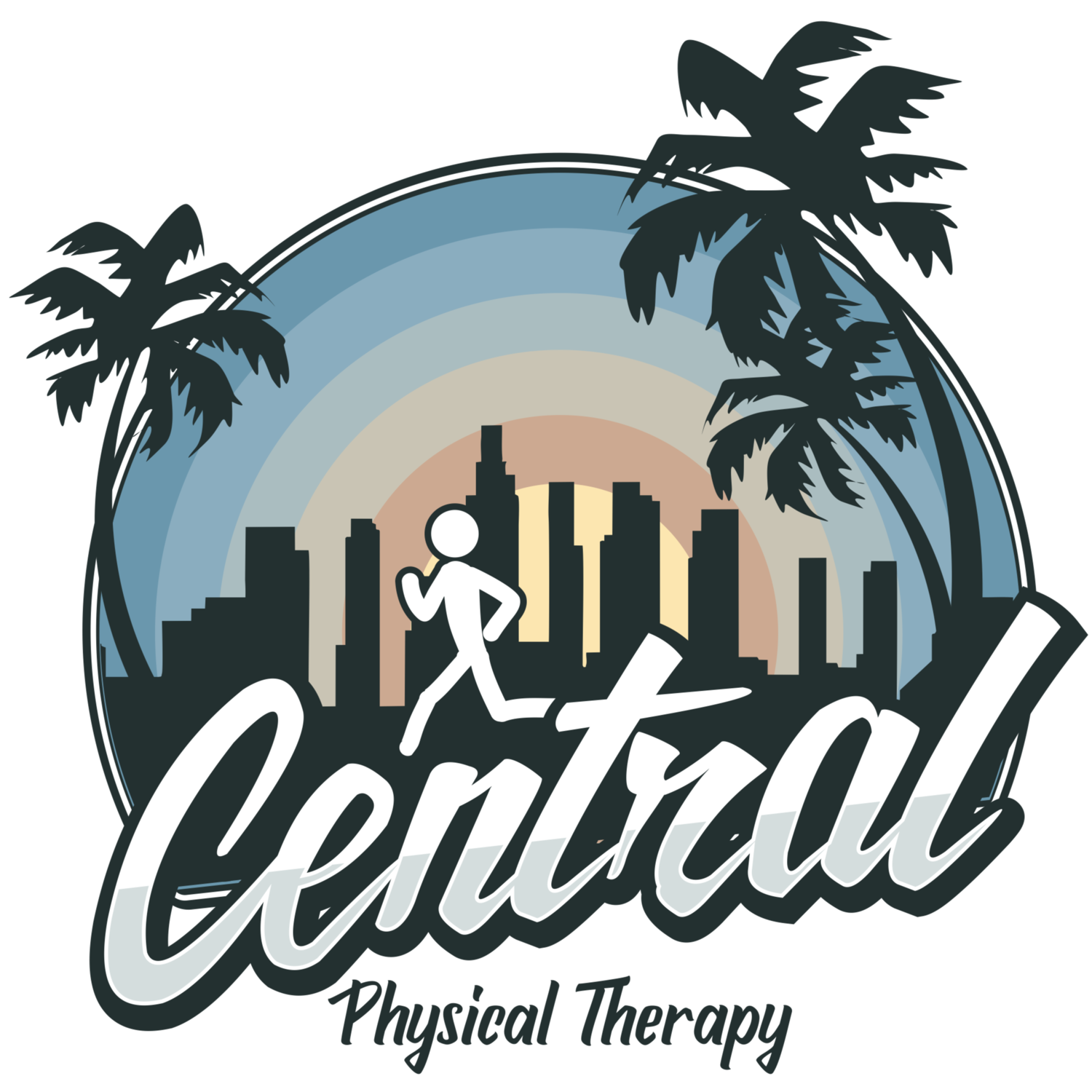Sessions
-

Office sessions
Each session is 1-on-1 with the physical therapist and is a hands-on, whole-body approach -- first with an initial evaluation and then with manual therapy and exercise. Treatment is specific to how the patient presents.
The benefit of coming to the office is having PT equipment that is readily available to use. There is also a pulley weight machine with pull-up bar, TRX straps, Pilates Reformer, kettlebells, and mounted wall stall bars. Wall mirrors are also set up to assist with form.
Initial evaluation (1-hour): $110
Follow-up visits (1-hour): $100
** 45-min follow-up visits available by request only
-

In-Home sessions
Get treatment in the comfort and privacy of your own home! No need to drive or spend time in traffic.
The PT will come to you, bringing a treatment table and some equipment for each session.
There is first an initial evaluation followed by manual therapy and exercise that's specific to how the patient presents.
Initial evaluation and follow-up visits (1 hour): $150** Locations that are >15min away from the office are subject to a surcharge
Our Services
-
The PT gathers subjective information from the patient regarding the history and nature of their pain and symptoms, past medical history and treatments, other background information, as well as goals. Objective measurements are gathered which includes (and is not limited to) range of motion, strength, palpation, movement and postural assessment, neurological and special tests. Based on this information, the PT assesses what they believe to be the problem and a plan of care is developed outlining timeline and future treatments.
-
Myofascial Trigger point release: “trigger points”, are palpable nodules in taut band of muscle fibers and could cause referred pain, stiffness, and decreased ROM. They're oftentimes developed in the muscle tissue due to tightness, stiffness, overuse, or underuse that could stress the fibers.
Joint mobilization/ manipulation: For optimal movement to occur at a body part, the bones need to be gliding on each other without restriction. Joint mobilization is a manual technique used to help decrease stiffness in the joint and facilitate lubrication and gliding. This is done with repetitive manual pressure in a specific direction and grade of intensity. Traction and approximation could also be applied to the joints.
-
Stretching: decrease tightness and improve flexibility in the muscles and soft tissues, restoring the normal range of motion that is required in that particular body part
Strengthening: improves weakness that is present in a muscle group. Often done with use of manual resistance by the PT, body weight, and/or resistance equipment like pulley weight machine, resistance bands, dumbbells, or kettlebells.
Dynamic Neuromuscular Stabilization (DNS): DNS is an assessment and treatment approach that is based on the way a baby breathes, stabilizes, and moves in its first year of life. These patterns are innate in every human being and are already familiar to the central nervous system. DNS helps to activate and restore these ideal positions and patterns and incorporate them into our everyday postures and movements. This includes proper breathing, posture, and motor control. (link below)
Dynamic Neuromuscular Stabilization (DNS)
Postural/trunk stabilization
Proper breathing
Neutral joint positions

